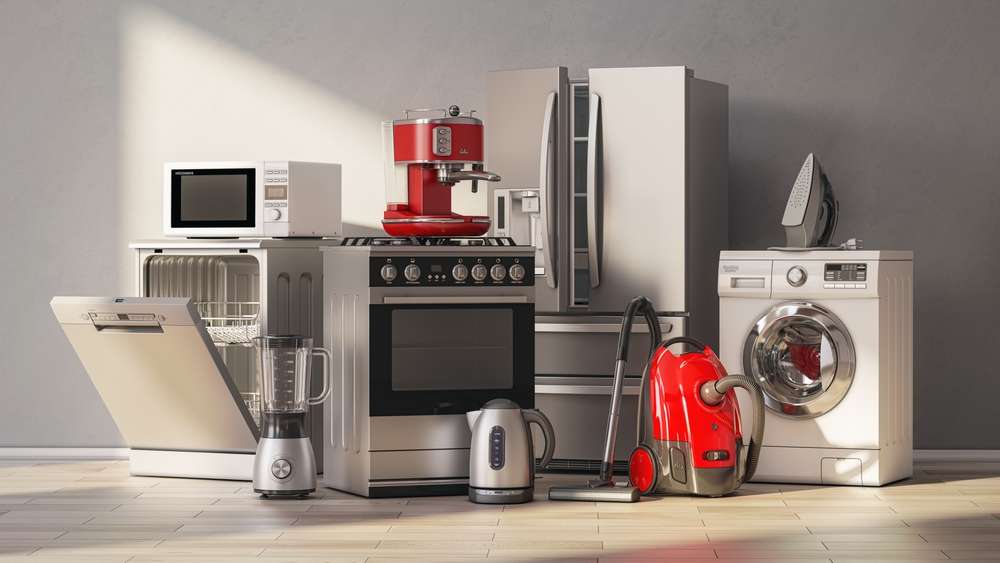Home Appliances: How to Choose, Maintain, and Use Them
Home appliances are central to daily routines, from cooking and cleaning to food storage and laundry. Understanding how appliances differ by function, energy use, and lifespan helps you make informed choices for your home. This article breaks down practical factors to consider when buying, operating, and maintaining appliances so they perform reliably and safely over time.

How to choose home appliances
Selecting the right appliance starts with identifying needs, space constraints, and usage patterns. Measure available space and check clearances for doors and ventilation. Consider capacity — a larger household typically needs higher-capacity washers, dryers, and refrigerators. Look at basic features that match daily habits (e.g., cycles on washers, oven types, dishwasher rack configurations). Read product specifications for dimensions, energy ratings, and warranty coverage. Prioritize models that offer the functions you’ll actually use rather than features that seem appealing but add cost and complexity.
Energy efficiency and operating costs
Energy efficiency affects long-term operating costs and environmental impact. Appliances carry energy labels or efficiency ratings in many countries; these indicate relative performance for similar products. Pay attention to estimated annual energy consumption, not just headline wattage. For refrigeration, washers, and dryers, efficient models can reduce electricity bills over their lifetime. Remember that operating habits matter: full loads, sensible temperature settings, and routine maintenance improve efficiency. If you’re comparing models, consider lifecycle costs (purchase price plus estimated energy use) rather than purchase price alone.
Maintenance for long appliance life
Routine maintenance extends appliance lifespan and keeps performance steady. Clean filters, vents, and seals regularly to prevent airflow restrictions and ice buildup. For washing machines, run care cycles and leave doors ajar after use to avoid mold. Refrigerators benefit from periodic coil cleaning and proper temperature settings. Check hoses and connections for leaks or wear, and replace flexible hoses every few years to reduce flood risk. Follow manufacturer maintenance schedules in the user manual, and keep records of service or repairs to support warranty claims and resale value.
Smart features and connectivity
Many modern appliances include smart features such as Wi-Fi control, app monitoring, and integration with voice assistants. Smart functionality can add convenience: remote monitoring, cycle notifications, or energy-tracking. However, these features also introduce software updates, potential privacy considerations, and the need for network security. Assess whether smart capabilities align with your usage — the value varies by household. For some, a basic reliable appliance without connectivity is preferable. If you opt for connected devices, review the manufacturer’s update policy and data handling statements.
Sustainability and end-of-life handling
Sustainability considerations include energy use, material choices, repairability, and recycling. Choose appliances designed for repairability when possible — easier-to-replace parts and good service support can extend useful life. Look for brands with take-back or recycling programs and check local services for appliance recycling in your area. Proper disposal prevents hazardous materials from entering waste streams and often allows recovery of useful components. When upgrading, consider donating working appliances or selling them locally if they remain safe and functional.
Buying options and local services
Available buying channels include manufacturer direct sales, appliance retailers, big-box stores, and local independent dealers. Each option offers different levels of delivery, installation, and after-sales service. For delivery and installation, check whether the provider offers removal of old units, installation of new ones, and verification of connections and ventilation. Many local services provide in-home assessments for fit and compatibility; searching for local services can uncover installers experienced with particular building types or constraints. When evaluating providers, verify warranty handling and access to local repair technicians to reduce downtime if repairs are needed.
Conclusion
Choosing and caring for home appliances involves balancing upfront cost, energy use, maintenance needs, and the availability of local services. Thoughtful selection based on capacity, efficiency, and practical features—combined with regular maintenance and responsible disposal—helps appliances remain reliable and cost-effective throughout their service life.






